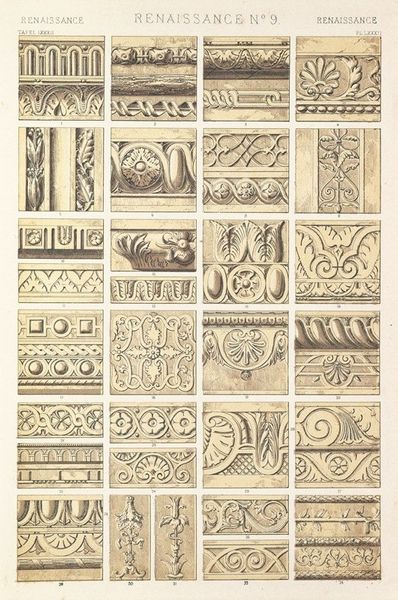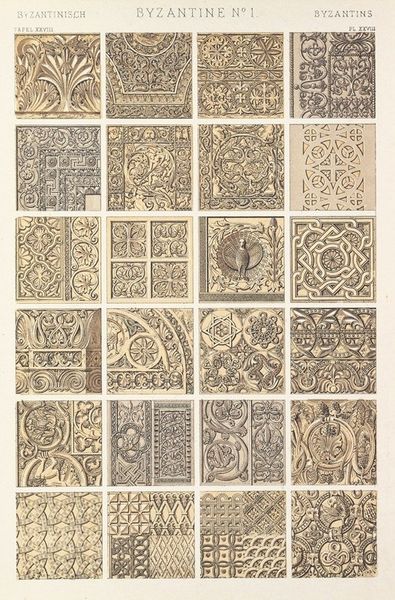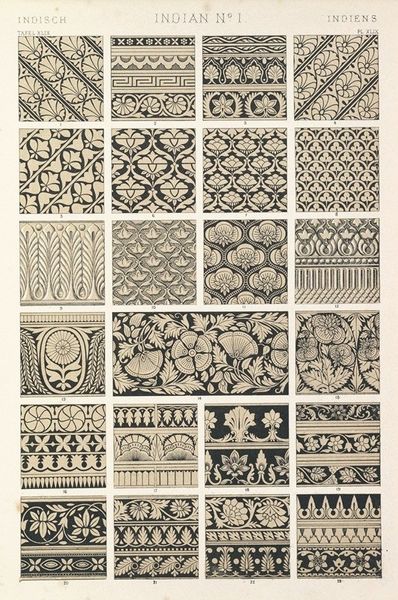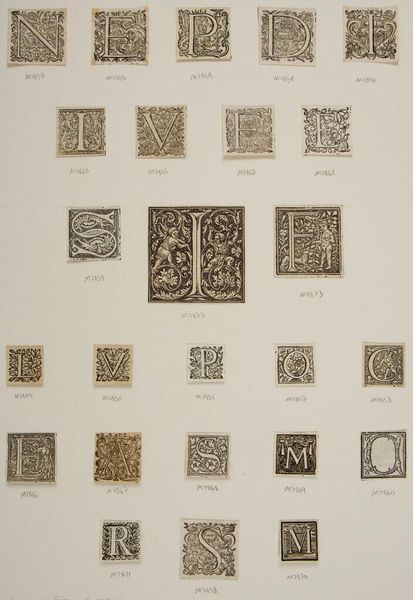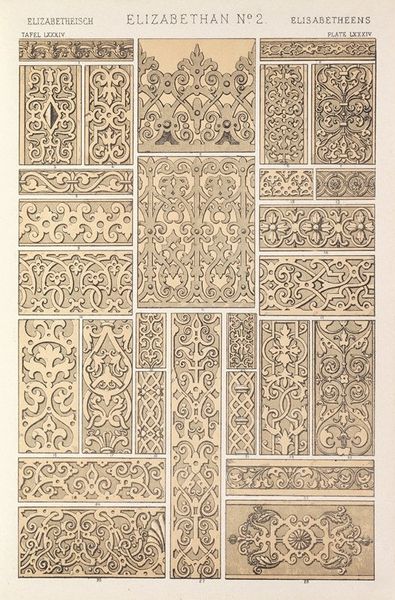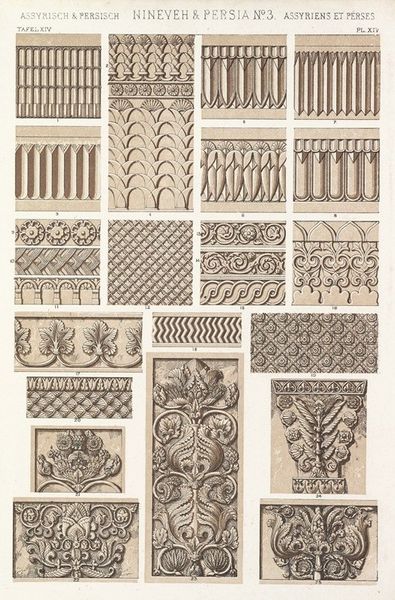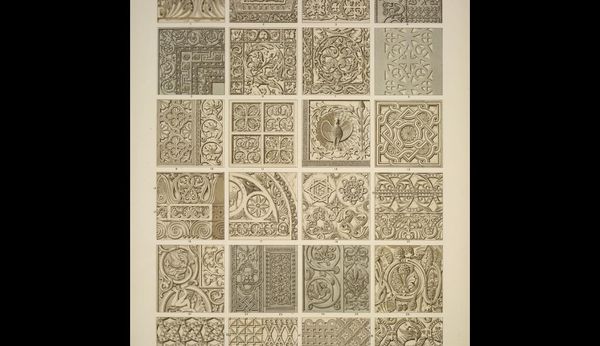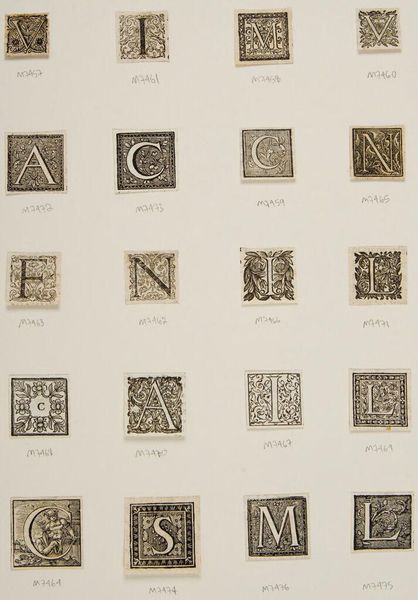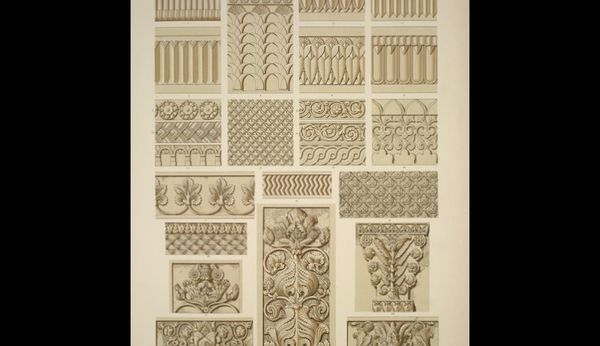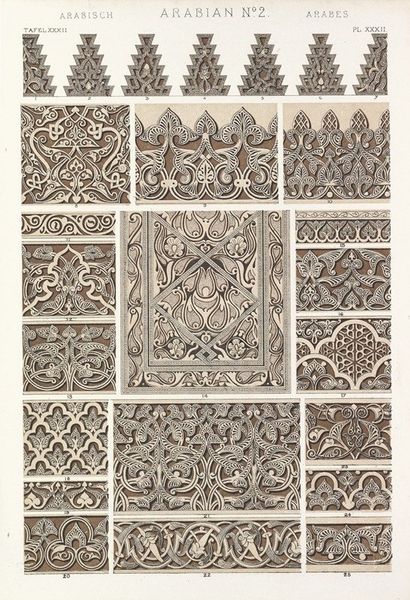
print, engraving, architecture
# print
#
11_renaissance
#
geometric
#
decorative-art
#
engraving
#
architecture
Copyright: Public Domain: Artvee
Editor: This print, "Renaissance No. 8" by Owen Jones, created in 1856, features multiple engravings of architectural details. What strikes me is the sheer density of different patterns. They’re so varied yet unified in style. How would you interpret this compilation? Curator: Well, this piece speaks to the 19th-century fascination with classifying and displaying historical styles. Jones was a key figure in the Victorian design reform movement, deeply concerned with how ornament could shape society. Editor: Reform? Curator: Exactly. He believed that bad design morally corrupted society, while well-designed ornament could uplift it. Think about where these Renaissance-inspired details were meant to be – in homes, public buildings. How did Jones think society should change? Editor: I suppose he wanted to bring historical beauty back into everyday life. Looking at it through that lens makes these engravings seem like a call to action, almost political! Curator: Precisely. "Renaissance No. 8" wasn't just about pretty patterns; it was about advocating a return to what he saw as the harmony and order of the Renaissance. The choice to disseminate these patterns through affordable prints democratized access to design. Editor: That's fascinating. It's amazing how a seemingly decorative print can be so deeply connected to social reform. Curator: Indeed. Jones' work challenges us to consider the powerful, public role that art and design can play in shaping cultural values and societal norms, even today.
Comments
No comments
Be the first to comment and join the conversation on the ultimate creative platform.
